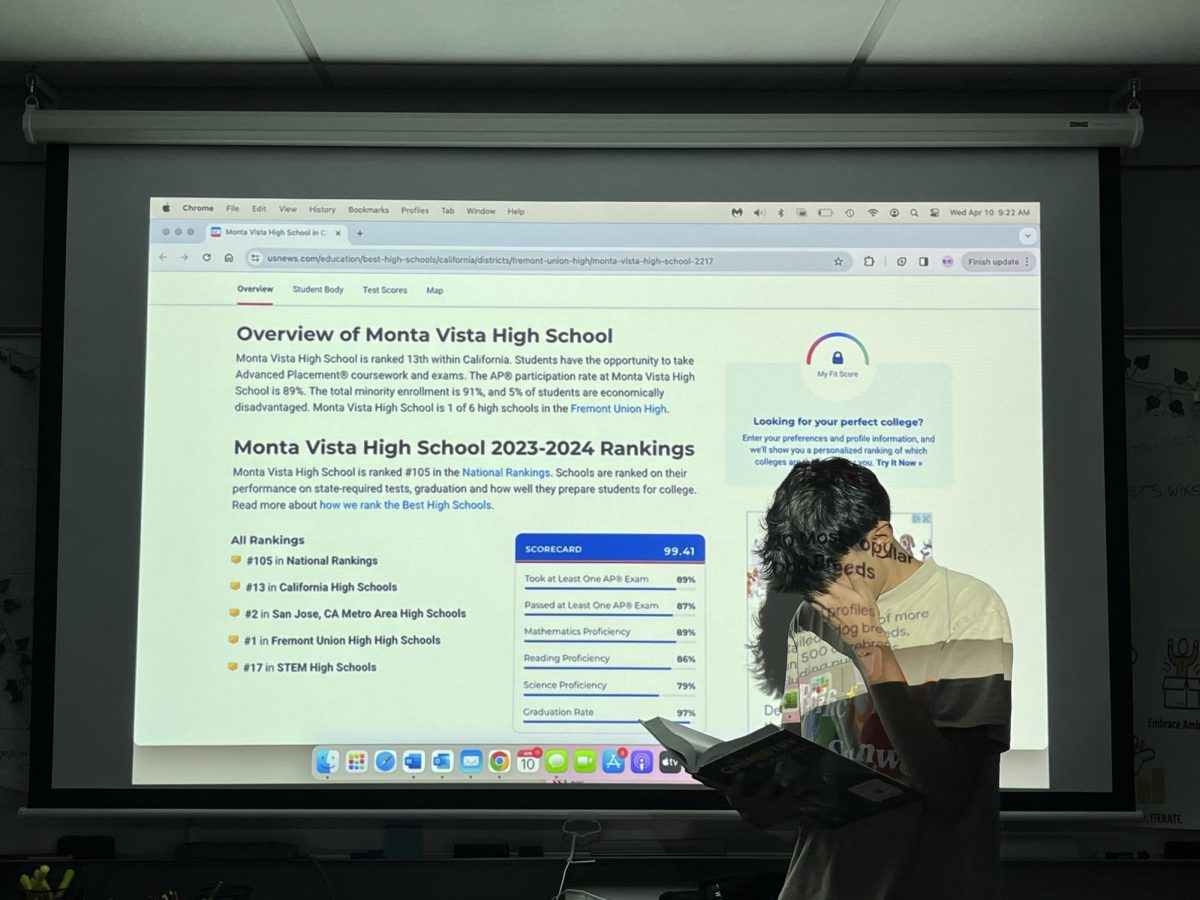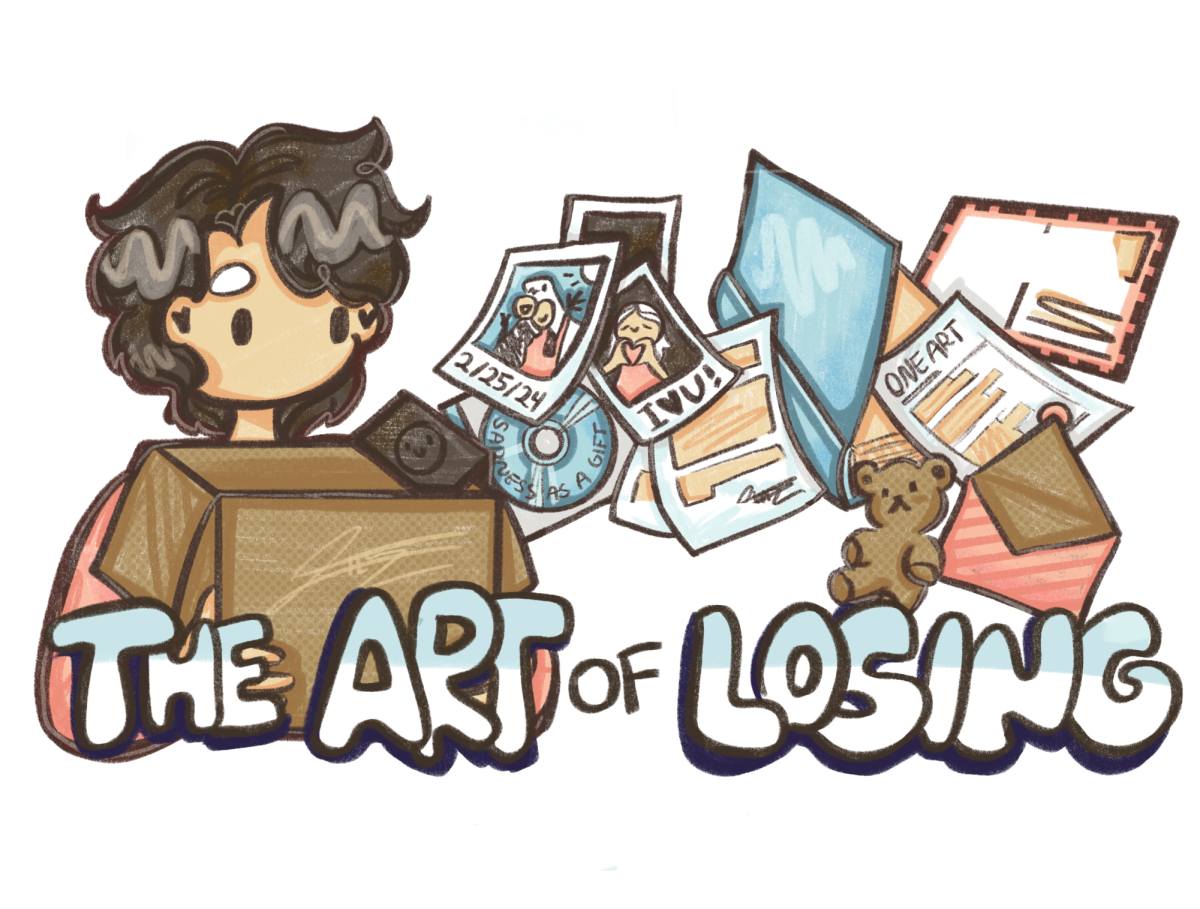Sex carries quite an awkward connotation for high school students. At a younger age — primary school and early years of junior high — students find the entire subject barred from discussion, locked behind institutionalized censorship, as in movie and video game ratings. At an older age, college years and the remainder of adult life, the taboo dissipates significantly, with little if any reservation regarding the subject found in relevant media and, in several cases, ordinary conversation.

But the age in-between — which constitutes the later junior-high and the high-school years — has unique characteristics. Teachers and parents attempt to peel back childhood innocence regarding sexual matters through formal classroom instruction while simultaneously placing other confusing barriers regarding the manner in which said material is presented to students. One need only to look to an incident which occurred at a fellow Bay Area school district, Fremont Unified School District, for an example of this hypocrisy, a debate whose subject matter revolves around the depiction of sex within the health textbook Your Health Today.
The textbook, intended for college-aged readers, contains information which some vocal parents have labeled as solely fit for the demographic it was created for, leading 2,300 to sign a petition to ban the book.
“I’m sorry, I cannot see anything a child needs to know in the ninth grade about bondage,” parent Jim Schultz said.
“Let’s leave the college textbook in college,” parent Cindy Chan said.
And the district has left the textbook in college , at least temporarily, suspending the use of the book amid the wave of pressure.
But while the Fremont Unified School Board has taken a step back from the adoption of a more liberal attitude, MHVS has taken a step forward through the clarification of a misunderstanding. ASB, which originally assumed that all forms of front-to-back dancing were banned, spoke to administration last year and has since revised that perspective. It is now clear that administration permits that form of dance, as long as the activity does not cross certain well-defined barriers. As long as the activity does not cross the boundary between dancing and dry sex, which administration defines as involving bending over, throbbing motion, contact below the hips (including the waist), or any other action perceived to be inappropriately sexual or harmful, no punitive action will be taken against the engaging students. This move represents a strong step toward the right direction, serving as an example of compromise through clarification, not overly strict yet morally permissive.
“I would say that from ASB it gave them [ASB] some relief that yes, we can still dance in the fashion we have in the past: we just need to abide by certain rules,” Dean of Students Nico Flores said.
Employing guided, careful compromise should be of paramount importance to administration moving forward. Giving students more freedom at school dances through clear communication and clarification of misunderstanding, for example, could discourage students from going to more dangerous and unregulated off-campus dances and parties, which may act as vehicles for encouraging drug use and alcohol consumption in the absence of responsible adults. Expanding the sexual education unit in Biology class to its own dedicated health course — following the example of several other schools — would provide students a more in-depth education regarding the subject while also introducing them to auxiliary material regarding maintaining a healthy body and self-confidence. Students should learn about sexual behavior within the healthy confines of the classroom, rather than during the potentially unhealthy and exploitative experience resulting from naivete.
We like to talk about how MVHS prepares its students for college: how its diverse and difficult selection of courses allow students the chance to study for the future before taking the leap to secondary academic institutions. But what use does such advanced instruction serve without dedicated ancillary instruction in health and sexual behavior, core aspects of the adult experience? What use does such advanced instruction serve without responsible attitudes regarding the thoroughly-regulated expression of said behavior at school-sponsored events? MVHS has taken the right step forward; Fremont Unified School Board has taken the wrong step backward. Can we increase that gap?





















